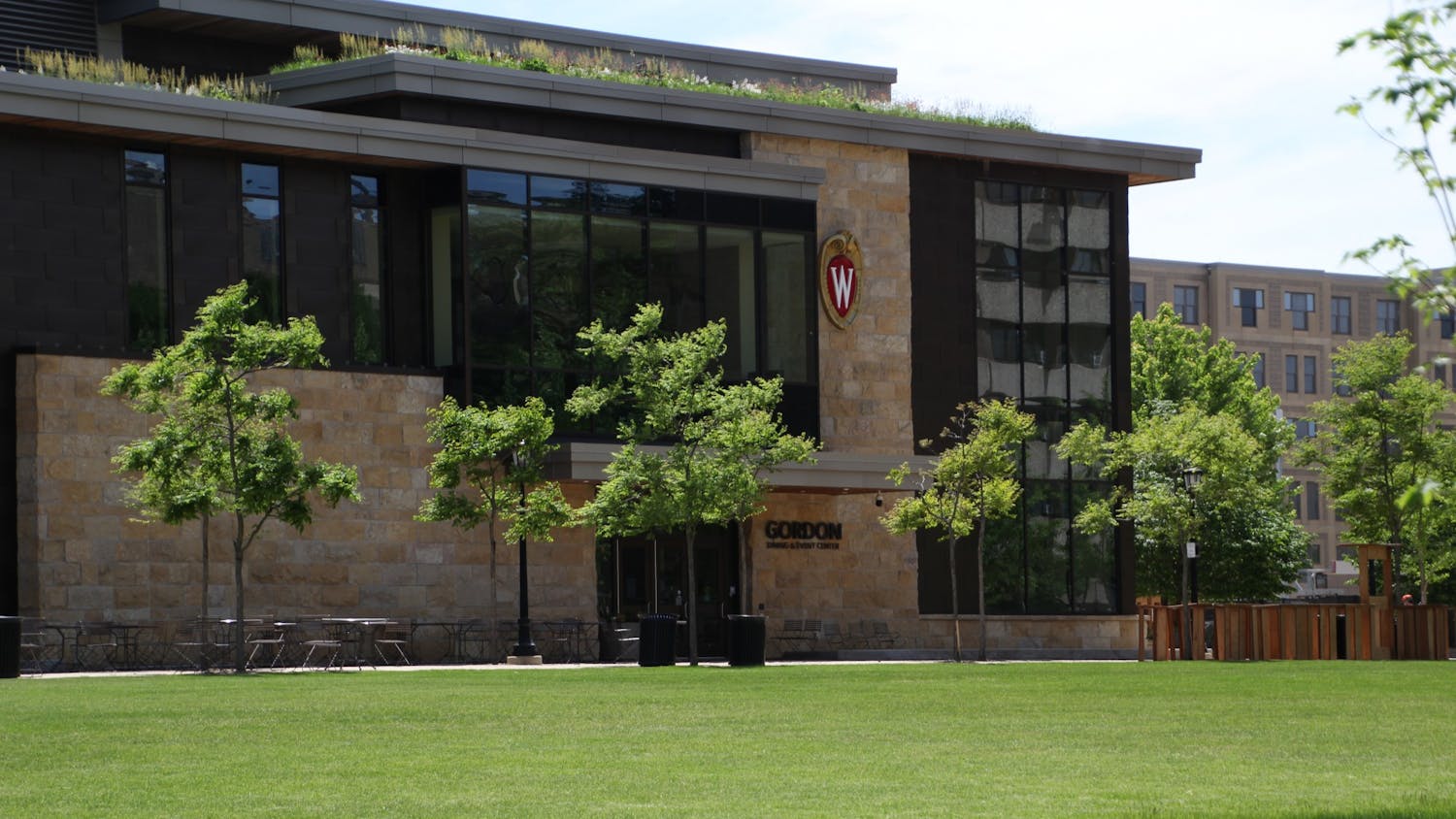UW-Madison is currently working on creating its Master Plan, which will decide the outcome of construction efforts at the UW for the next 20 years. Considering Wisconsin just issued its first-ever pollution advisory Feb. 1, it is of critical importance to our future and our children's future to make sure the UW includes green building techniques into its master plan.
Green buildings are designed, constructed and operated in an ecologically friendly and resource-efficient manner. Green buildings preserve the occupants' health, increase productivity and help save valuable resources such as water and energy. They also reduce the overall environmental impacts of the structure.
Considering the overall benefits of green building practices, the implementation of such practices is surprisingly cheap. An initial budget increase of about 2 percent to support green design would result in approximately a 20 percent savings of the total construction costs over the lifetime of the building.
Specific financial benefits of green building could include energy, waste and water savings and emissions reductions. There are also direct health and productivity benefits. On average, the total financial benefits of green building are more than 10 times the average initial investment required for construction. According to California's Sustainable Task Force, energy savings alone usually exceed the average increased cost associated with building green.
In order for a building to be considered \green"" it usually incorporates site selection that takes advantage of mass transit, orientation and shape that utilizes natural lighting, passive solar energy, and recycled and reused construction material. Buildings also use renewable energy sources such as wind, recycled water for toilets, and a gray-water system which recovers rainwater and nonpotable water for site irrigation.
UW-Madison would not be the first college to implement green building into its construction plans. In fact, it would be among some of the nation's top schools, such as Yale University's School of Forestry and Environmental Studies, Penn State University, Harvard's Kennedy School of Government and the Harvard School of Public Health. This list includes local universities as well, for example UW-Oshkosh and the University of Michigan. All of these have successfully incorporated green building techniques into their campuses.
UW-Madison, already among the nation's top schools in many other areas, should join these universities by taking this important step toward improving our environment. Considering all the benefits of building green and considering the current state of our environment, it is absolutely foolish not to make such a small investment in the UW-Madison Master Plan that could so dramatically improve our environment and the future state of that environment for our children.
opinion@dailycardinal.com.





